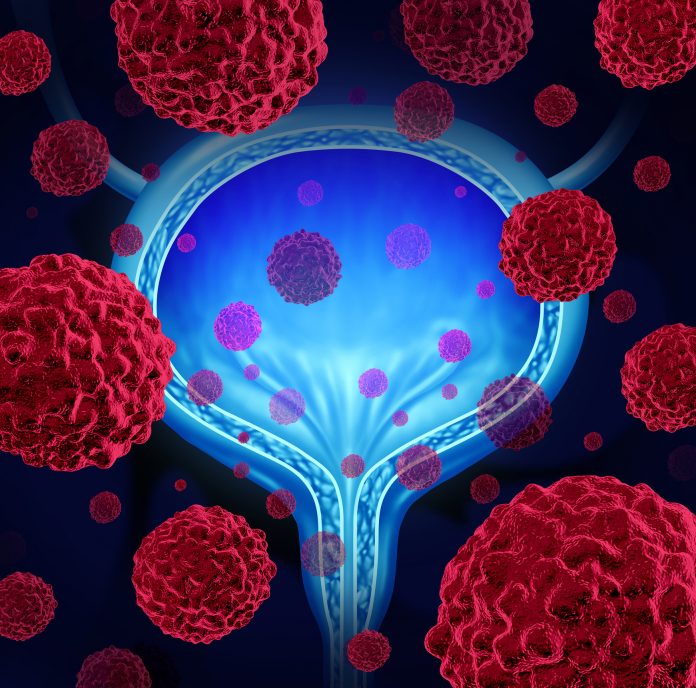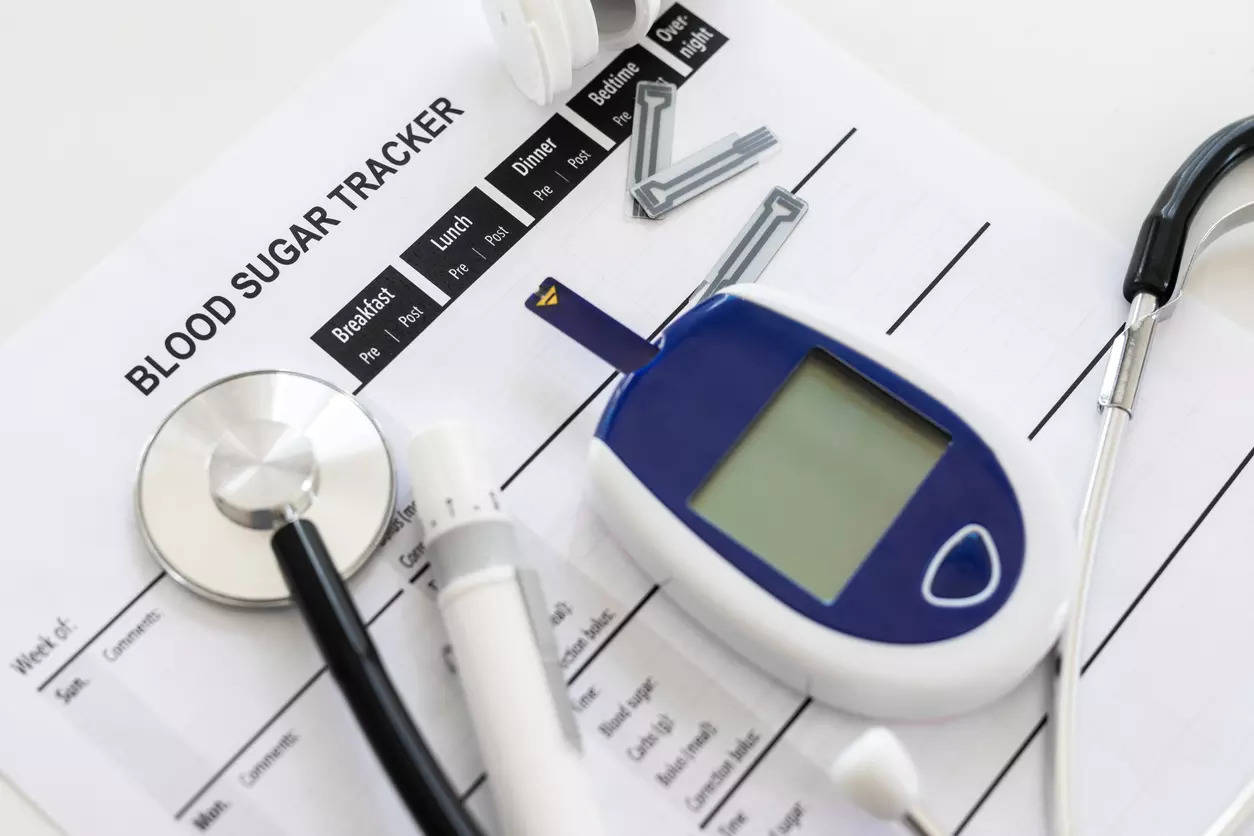India’s initial Covid-19 case was detected in a 20-year-old female student, who had returned to Kerala from Wuhan. According to scientists at the National Institute of Virology (NIV), the sample had been dispatched on January 27, 2020, and upon confirming its positive status, the teams immediately alerted the director of Indian Council of Medical Research-National Institute of Virology (ICMR-NIV).
Dr Priya Abraham, former director of ICMR-NIV, recalls that long night. Laboratory results were double-checked and additional tests were initiated. Abraham successfully brought together numerous ICMR-NIV scientists and technicians to collaborate in teams and accomplish various tasks. “We accomplished quite a bit,” Dr Abraham told The Sunday Express. While praising the unwavering cooperation and support of the ICMR-NIV staff, Dr Abraham said, “I was very lucky to have enjoyed the full cooperation and support of NIV staff and I salute them.”
Dr Priya Abraham was not the only woman who rose to the call of duty to battle with the unknown during the Covid pandemic that till date has claimed more than 5.32 lakh lives. So when the film ‘The Vaccine War’ portrays some of the challenges that scientist, especially women, faced, not many would grudge them their due.
Training workshops were the order of the day and in the brief time that ICMR got, they were able to step up their preparedness levels. Dr Raman Gangakhedkar, former head of the epidemiology and communicable diseases division at ICMR who had become the face of the institution during government briefings to the media on the Covid-19 situation during the initial days of the pandemic (before he retired in June 2020), recalls the exemplary work done by a host of women scientists.
“The major challenge was how to expand the laboratory network. The biggest contribution in this area has been from Dr Nivedita Gupta, who at ICMR headquarters along with technical assistance from ICMR-NIV, would train labs on how to perform the RT-PCR tests. By June end, she was responsible for training 670 labs in the country. That was a truly credible effort,” said Dr Gangakhedkar.
Dr Gupta also spearheaded the formulation of validation protocols for a variety of diagnostic assays for Covid and this helped in the indigenous production and scaling up and taking testing to the field as well as reducing the cost of testing by almost 50 times, scientists in the know pointed out. Dr Gupta was also responsible for setting up validation centres across the country.
The next crucial step in the vaccine development process was to isolate the virus, and identify a highly infectious sample that posed a challenge, which Dr Pragya Yadav and her team successfully tackled. While meticulously examining samples from international travellers, the preference was given to an Indian sample for vaccine development.
Dr. Pragya Yadav, who is the group leader of the Maximum Containment Facility (BSL-4 facility) and recognized for her contributions to the development of Covid-19 vaccines in India, has consistently excelled under pressure. She has also received the Bharat Bhagya Vidhata Sanman award for isolating the SARS-CoV-2 virus and conducting crucial animal studies.
Over nearly two decades, Yadav, who left her home in Uttar Pradesh to pursue a doctoral degree from Pune University and subsequently joined ICMR-NIV, has played an important role in establishing the BioSafety level (BSL)-4 laboratory at the institute’s Pashan campus. Dr. Yadav has also been a member of teams investigating various outbreaks of emerging and re-emerging viruses like Nipah, , Zika, SARS-CoV-2, and to the most recent monkeypox, along with preparedness for Ebola and yellow fever threat in India.
Dr Gangakhedkar recalls how these women scientists had to sacrifice on the personal front . For instance, Dr Abraham stayed alone in Pune and had to shoulder both professional and personal responsibilities. Dr Gangakhedkar also doffs his hat to those who remained behind the scenes but played a huge role in the pandemic.
Most Read
“There were so many for instance Dr Smita Mahale, as director of the National Institute for Research in Reproductive and Child Health, would set up a testing lab in Mumbai in the parking basement to test 10,000 samples in a day or Dr Shalini Singh, Director of National Institute of Cancer Prevention and Research, Noida, who would take up a similar exercise. The dynamic Dr Kathiresan Jeyashree at the National Institute of Epidemiology, Chennai, did not hesitate to step inside the Covid wards and also take up field studies,” said Dr Gangakhedkar.
Women scientists have expanded the scope of research at an unprecedented pace, says a special edition of the ICMR (e-Samvaad- 2021). Whether it was Dr Sheela Godbole, the present director at ICMR-NARI and also holds charge as Director of ICMR-NIV who responded to the need for generating evidence on treatment options for Covid 19 and successfully led the ICMR-WHO Solidarity Trial as the national coordinator to Dr Roli Mathur, scientist at the National Centre for Disease Informatics and Research, Bengaluru who developed ethical guidelines for conducting research during a public health emergency with the support of late Dr Vasantha Muthuswamy and Dr Nandini Kumar from ICMR, several scientists have been applauded for their key roles across the country.
“The examples are just a few but there are many like Dr. Sreelekshmy Mohandas , scientist and veterinary doctor at NIV, or Dr Anita Shete -Aich, scientist at NIV’s BSL-4 lab – who are among the bright unsung women scientists. They are India’s future,” Dr Gangakhedkar added.










